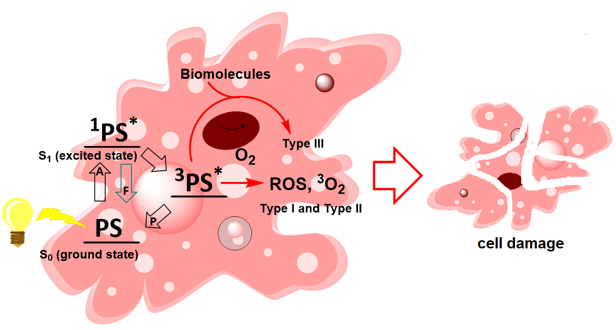
Photodynamic Therapy Applications in Cancer, Infections and Cardiovascular Diseases
- Articles
- Submited: October 10, 2023
-
Published: October 20, 2023
Abstract
Photodynamic therapy (PDT) or light treatment is a procedure to treat certain types of diseases that uses a photosensitizer (PS) which upon light activation produces cytotoxic oxygen species destroying tumor cells. PDT is minimally-invasive and can be repeated a few times without accumulating significant toxicity in the surrounding tissues. While PDT application in cancer treatment is well established and widely recognized by the scientific community, and its use in the fight against microbial infection is gaining momentum with the rapid increase in antimicrobial multi-drug resistance, its use in the treatment of cardiovascular diseases is clearly marginal. This mini-review presents a brief historical background of PDT, photo-activatable agents utilized, mechanism of photodynamic action, studies in vitro and in vivo, clinical trials, limitations and future prospects of its application in various types of cancer, infections caused by pathogens such as COVID-19, and heart diseases.
